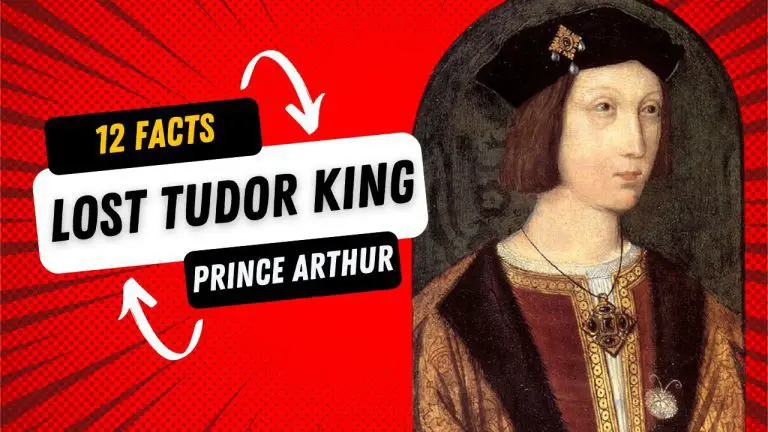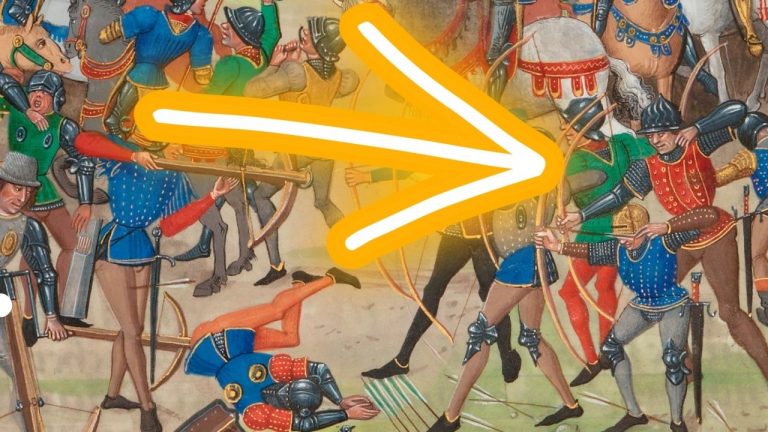What is Henry VIII most famous for?
Henry VIII, born on June 28, 1491, in Greenwich Palace, London, was the son of King Henry VII of England and Elizabeth of York. His reign, lasting from April 21, 1509, until his death on January 28, 1547, in Whitehall Palace, London, was marked by his notable six marriages, which produced three surviving children: Mary I, Elizabeth I, and Edward VI. These matrimonial adventures and his establishment of the Church of England make Henry VIII one of the most famous monarchs in English history.

What is the number one thing Henry VIII is most famous for?
Henry VIII is most famous for marrying a staggering six times. He divorced two of his Queens and had two others executed.
Henry’s desire for a male heir is often quoted as the reason for his marriages. However, his marriage to Anne of Cleves was for political purposes, and his final marriage to Catherine Parr was probably for female companionship in his last years.
Catherine of Aragon – Henry was married to this Spanish Princess for around 20 years. She was the widow of his older brother Arthur. They actually had two male children, but the first died after a matter of weeks, the other after a matter of hours. The only surviving child from this marriage was the future Mary I. Catherine was divorced (technically, it was an annulment), something which he called his “Great Matter.”
Anne Boleyn – Henry was probably going through something akin to a midlife crisis when he met Anne. Unlike her sister, who had been a previous mistress of Henry, she would not allow the king to sleep with her. Henry broke with Rome and set up the Church of England in order to marry her. The only serving child from this marriage was the future Elizabeth I. Anne was executed by being beheaded on (probably) false treason charges.
Jane Seymour – Just days after Anne’e execution Henry VIII married Jane Seymour. Jane gave birth to the future Edward VI. However, she died of “childbed fever” just days afterward.
Anne of Cleves – Henry was persuaded that a political marriage would be prudent. He selected Anne of Cleves after sending his famous painter Hans Holbein to paint her. However, he was shocked by her appearance when she arrived in England. The marriage lasted only a matter of months. Anne was divorced (Yes, technically, it was another annulment.)
Catherine Howard – Henry soon married Anne of Cleves’ lady-in-waiting—the young and beautiful Catherine Howard. There were no children from this marriage. Catherine was somewhat rash and had liaisons with Thomas Culpepper, one of Henry’s Gentlemen. Katherine was beheaded on Tower Hill for adultery.
Catherine Parr – She was almost certainly named after Henry’s first wife, Catherine of Aragon. She ended up being his final wife. She published two books (highly unusual for a woman in those times), and she was the only wife to rival the king’s number of marriages – she was married four times (Henry was number three.) Catherine Parr outlived Henry VIII.
Check out our Henry VIII’s wives in order of importance post
What else will Henry VIII be remembered for?
Henry VIII’s role in the formation of the Church of England and the separation from the Roman Catholic Church is among the significant contributions to history of any English monarch. This monumental decision, known as the English Reformation, fundamentally altered the religious, political, and cultural landscape of England.
The impetus for this seismic shift was a personal matter for Henry. When his first wife, Catherine of Aragon, failed to produce a male heir, Henry sought an annulment from the Pope to marry Anne Boleyn. However, the Pope’s refusal to grant the annulment led Henry to take drastic action.
In 1534, under the advisement of his chief minister, Thomas Cromwell, Henry enacted the Act of Supremacy, effectively breaking with Rome and establishing the Church of England with the monarch as its head. This act, coupled with the Dissolution of the Monasteries, meant Henry could take significant church wealth, thus strengthening the Tudor monarchy.
Henry’s break with Rome signaled the advent of Protestantism in England. Though Henry’s theological stance initially remained closely tied to Catholicism, the Church of England evolved into a distinctly Protestant entity, especially during his son’s reign. Henry VIII’s actions not only underscored the absolute power of the monarchy but also set a course for religious independence and the evolution of Anglicanism.
You might not know this about Henry VIII.
Henry VIII is mainly remembered for his marital escapades and the seismic shift he initiated in religious power dynamics. Yet another crucial, albeit sometimes overlooked, aspect of his legacy is his role in the formation of the Royal Navy and the construction of fortifications along England’s southern coast.
When Henry VIII assumed the throne in 1509, England’s naval forces were rather modest. Recognising the strategic importance of a strong navy for both defence and assertion of power, Henry initiated a massive shipbuilding program, effectively laying the foundations of the modern Royal Navy. By the end of his reign, the navy had expanded from about a handful of ships to over 50 vessels, including the legendary Mary Rose (Henry actually stood and watched this ship sink) and Henry Grace à Dieu (sometimes called the Great Harry after the king!)
Henry’s concern for defence extended to his terrestrial boundaries as well. Fearful of the threat of invasion from France and Spain, Henry ordered the construction of a series of formidable forts and castles along England’s southern coast. Known as the Device Forts or Henrician Castles, these included structures like Pendennis Castle, Deal Castle, and Southsea Castle, which served as bastions of defence and symbols of Tudor power. This extensive fortification project served the country for many years; some of these fortifications were even still in use during the 2nd World War.
A complete list of Henry’s fortifications is shown below:
| No. | Castle Name | Location |
|---|---|---|
| 1 | Calshot Castle | Hampshire |
| 2 | Camber Castle | East Sussex |
| 3 | Deal Castle | Kent |
| 4 | Dover Castle | Kent |
| 5 | East Cowes Castle | Isle of Wight |
| 6 | Hurst Castle | Hampshire |
| 7 | Pendennis Castle | Cornwall |
| 8 | Portland Castle | Dorset |
| 9 | St Mawes Castle | Cornwall |
| 10 | Sandgate Castle | Kent |
| 11 | Sandsfoot Castle | Dorset |
| 12 | Southsea Castle | Hampshire |
| 13 | Walmer Castle | Kent |
| 14 | Yarmouth Castle | Isle of Wight |
| 15 | Cowes Castle | Isle of Wight |
| 16 | East Blockhouse | Angle, Pembrokeshire |
| 17 | West Blockhouse | Angle, Pembrokeshire |
| 18 | Erith Bulwark | Kent |
| 19 | Gravesend Blockhouse | Kent |
| 20 | Hull Blockhouse | East Riding of Yorkshire |
| 21 | Milford Haven Blockhouse | Pembrokeshire |
| 22 | Milton Blockhouse | Gravesend, Kent |
| 23 | Upnor Castle | Medway, Kent |






